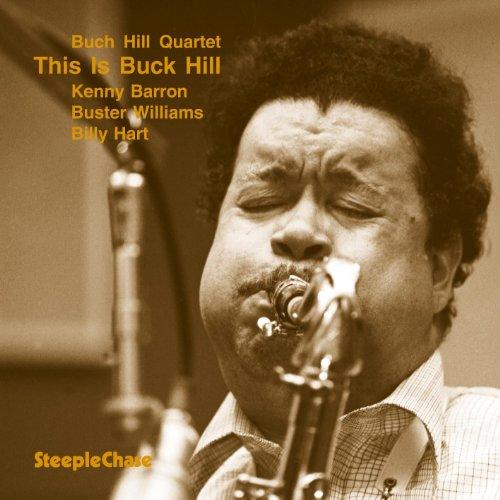
Dickens, Charles
A UNIQUE BOOK -- Dickens' original handwritten manuscript of A Christmas Carol, in its original size, together with a typed text on the opposite page.
"Its impressive eloquence, its unfeigned lightness of heart, its playful and sparkling humour, its gentle spirit of humanity" all put the reader "in good humour with ourselves, with each other, with the season and with the author." -- The Illustrated London News
A Christmas Carol was "a national benefit and to every man or woman who reads it, a personal kindness." - Thackeray
Charles Dickens wrote A Christmas Carol in six weeks, at the end of 1843, during a particularly intense time of creativity. He was suffering financial difficulties and was determined to have the manuscript ready for publication for the Christmas market. This book contains a clear copy of Dickens' one and only handwritten manuscript, with his revisions and corrections evident on every page. The revisions show how Dickens made the verbs become more active and reduced the number of words, thereby achieving greater immediacy and vividness. The manuscript was published on 19th December, 1843, and sold out on Christmas Eve, 1843. This edition has each of the sixty-six pages of the original handwritten manuscript on the left-hand page and the corresponding words typed on the right-hand page. The book contains the eight original illustrations by John Leech.
Charles Dickens (1812-1870) is generally considered the greatest English novelist of the Victorian era. At the centenary of his death, critical opinion placed him second only to Shakespeare. His many novels include David Copperfield, Bleak House, A Tale of Two Cities, Great Expectations, and Our Mutual Friend. Dickens enjoyed a wider popularity during his lifetime than any other author had. His work appealed to both the simple and the sophisticated and he rapidly achieved worldwide fame. His vividly detailed writing, his compassion, and his forensic depiction of his society and its shortcomings enriched his novels and made him both one of the great forces in nineteenth century literature and the conscience of his age.







